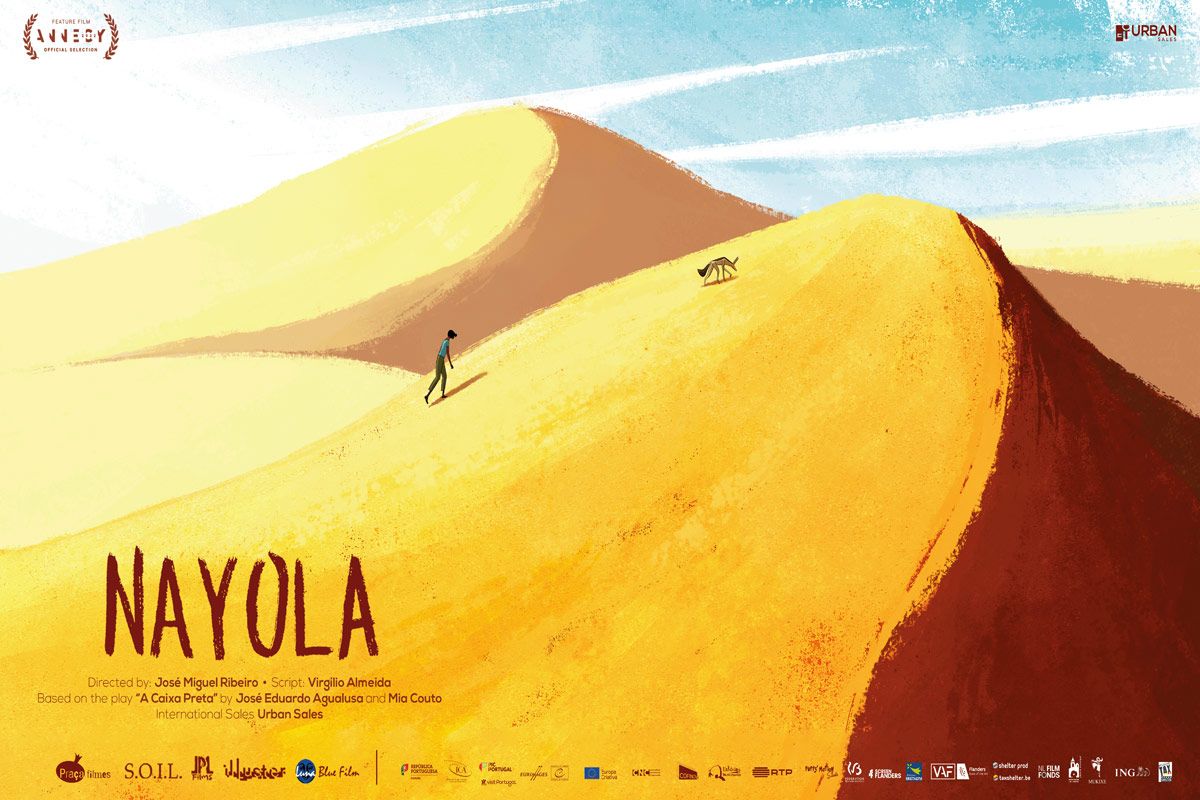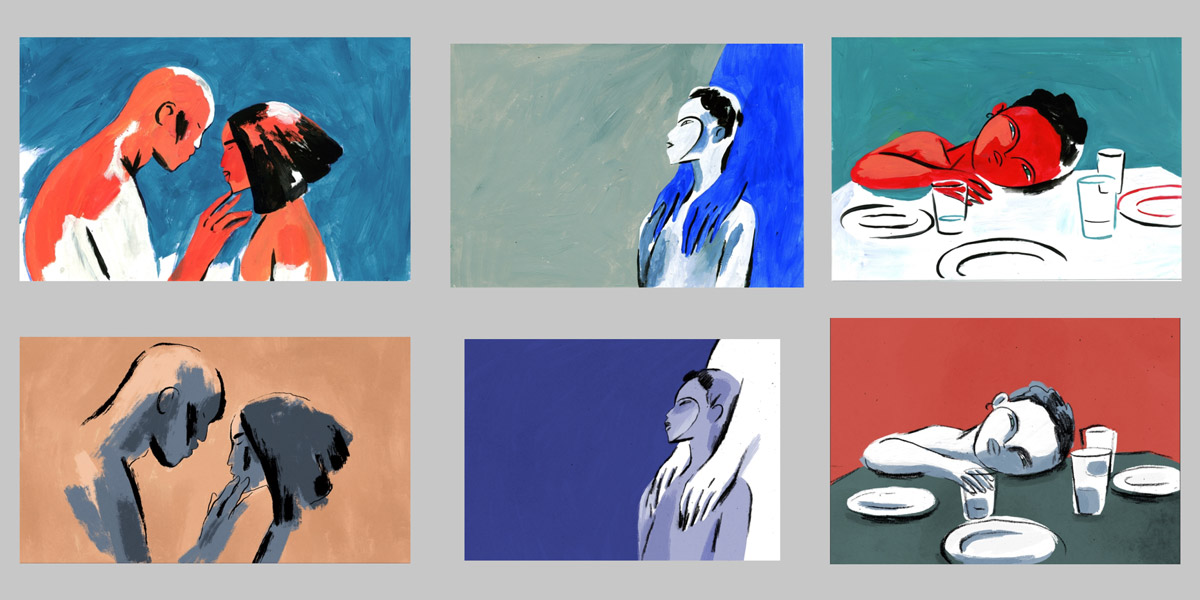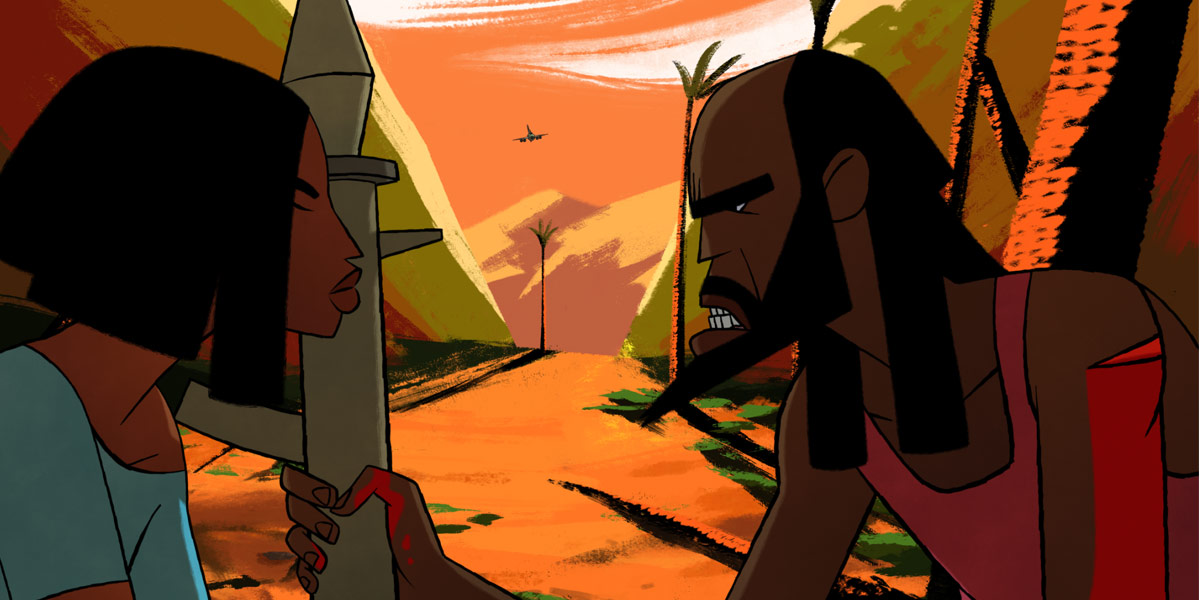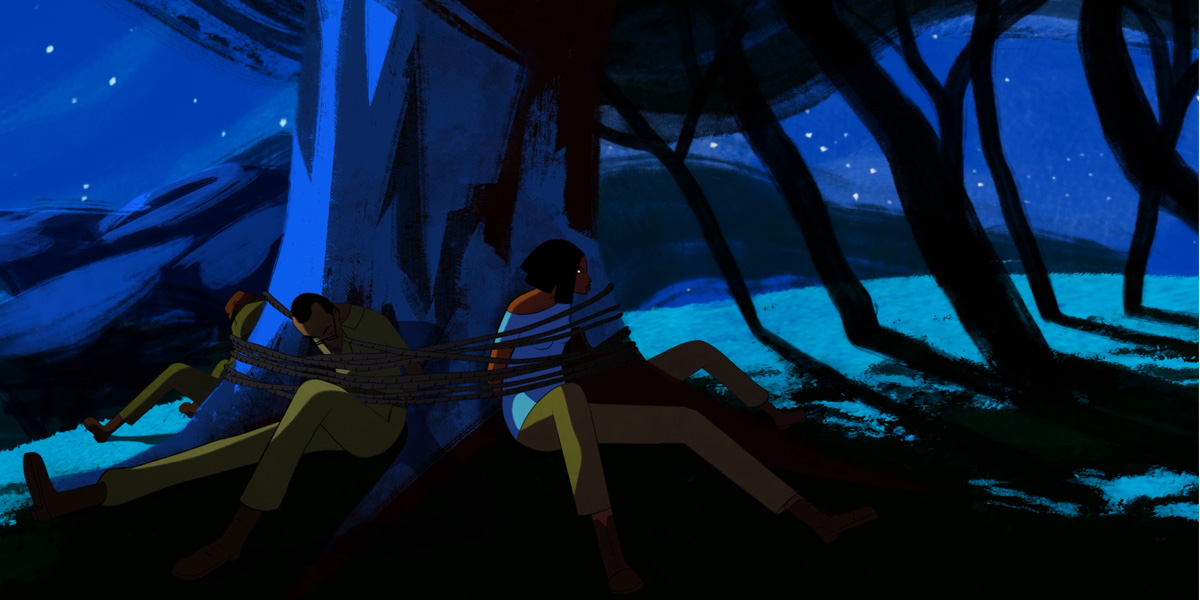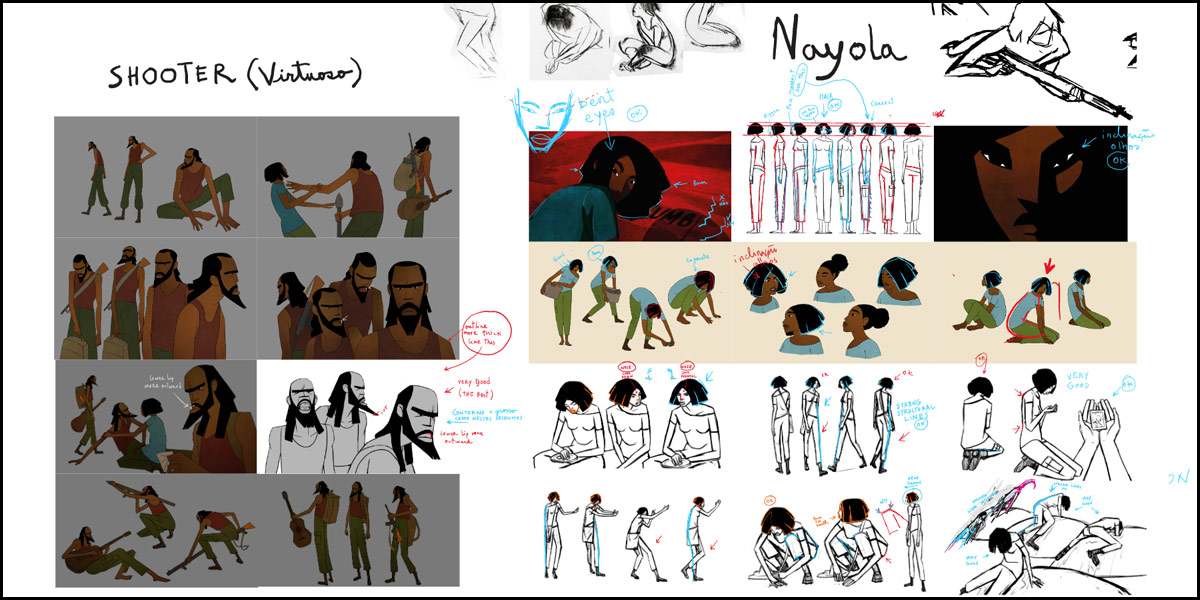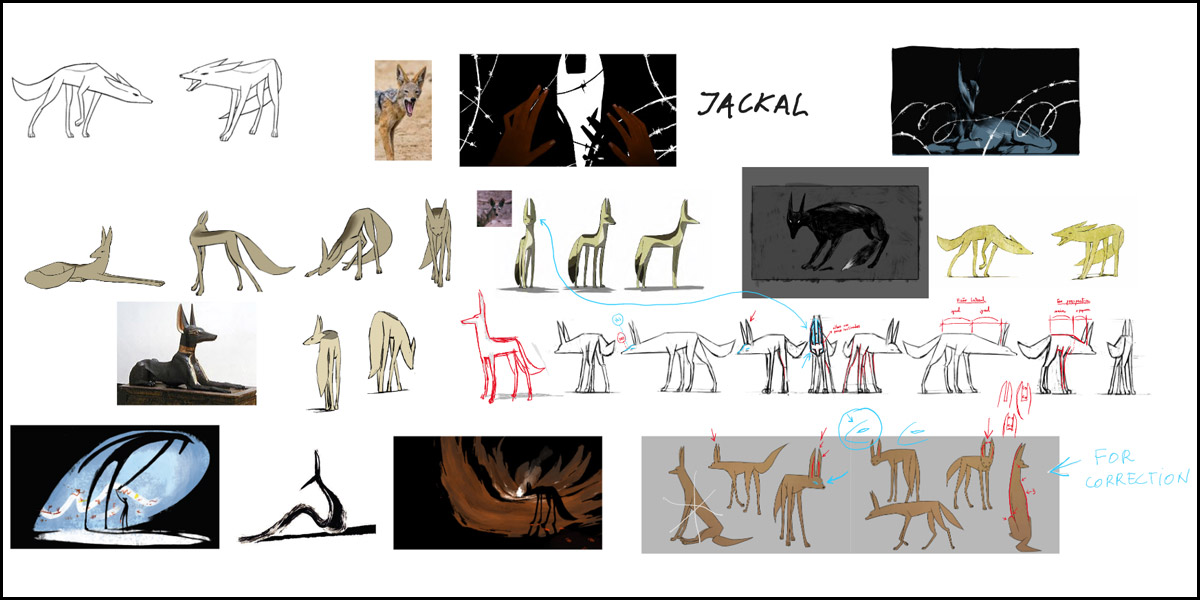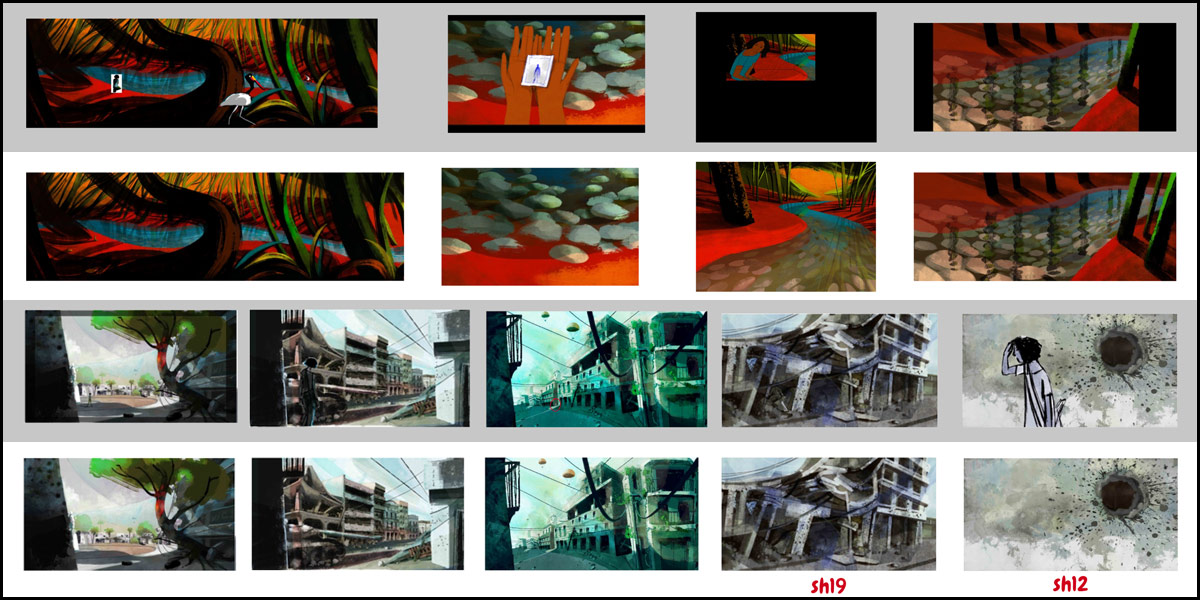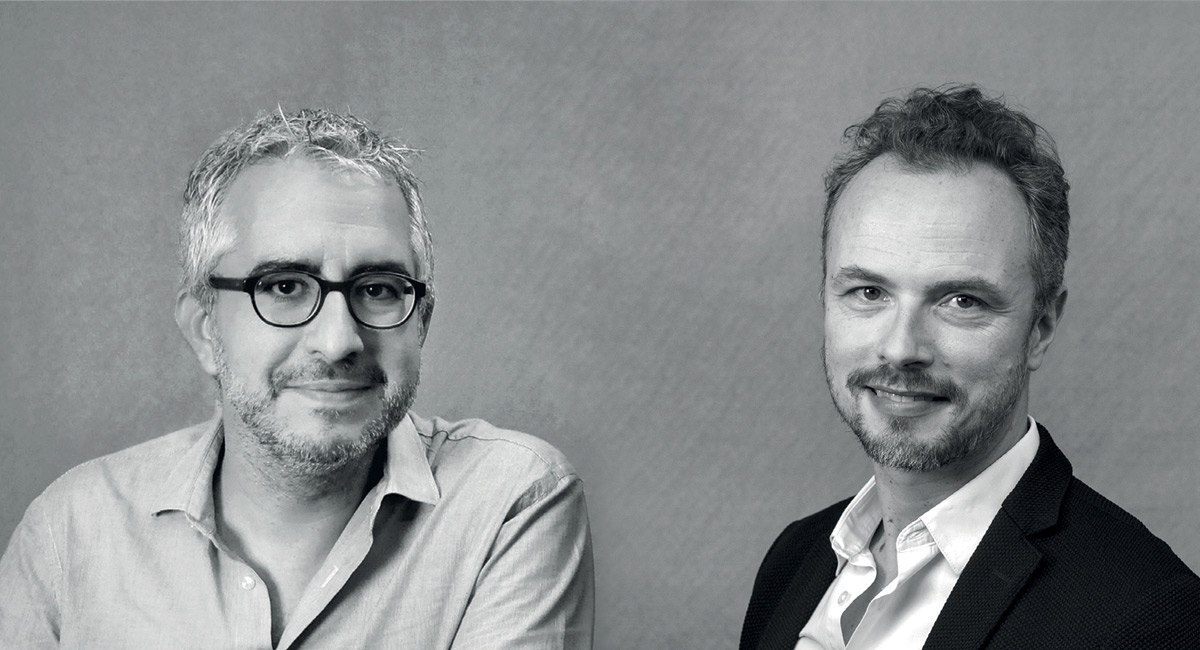Synopsis
Angola. Three generations of women in a 25-year-long civil war: Lelena (the grandmother), Nayola (the daughter) and Yara (the granddaughter). Past and present interlace. Nayola goes in search of her missing husband at the height of the war. Decades later, the country is finally at peace but Nayola has not returned. Yara has become a rebellious teenager and a subversive rap singer. Lelena tries to contain her for fear of the police coming to arrest her. One night, a masked intruder breaks into their house, armed with a machete. An encounter like nothing they could have imagined.
Film credits
Director: José Miguel Ribeiro
Scriptwriter: Virgílio Almeida (based on The Black Box by Mia Couto and José Eduardo Angualusa)
Artistic directior: José Miguel Ribeiro
Music: Alex Dibicki
Production: Praça Filmes (Portugal), JPL FILMS (France), Luna Blue Film (Belgium), S.O.I.L. Productions(Belgium), and IL Luster Films (The Netherlands)
Target audience: Adults, Young adults
Technique: 2D digital /3D digital
Running time: 82 minutes
Nayola is an animated feature film on three generations of Angolan women from a same family who have been at the mercy of a 25-year-long civil war. The film was nominated for the official feature film competition at Annecy Festival 2022.
The film depicts the problem of humanity, namely of war from the perspective of women with deep love for their families and a strong will to dive in and face social problems themselves.
That storytelling and the vividly-coloured and simplified visual presentation enable the audience to immerse themselves in the story and see the true nature of humanity’s societal issues, sympathising with the main characters.
We heard the insightful story behind the creation of Nayola from José Miguel Ribeiro, the director of the film.
Interview with José Miguel Ribeiro
Animationweek (AW): What are you hoping the audience will bring back from this film?
José Miguel Ribeiro: I would like the audience to experience this story from an Angolan and female perspective. The traditional Angolan languages are, in general, based on main ideas connected in a sentence that creates a poetic dimension. An example in Ubundo: “Lava vanda, Lava Vacala, Utima umosi”, which means, “Those who go, the ones that stay, one heart”. This metaphorical language that leaves space to different interpretations inspired the construction of the film, influencing the parallel editing, the creation of the mysterious character Jackal, the connection between the tree and the delta of Okavango River or the link between life and death. I hope that people can join a journey that starts in a more occidental perspective where reality and dreams are two different things, and progressively the real and the fantastic, present and past become one. The main characters are 3 women from 3 generations of the same family that present us with 3 different experiences of living through the war.
AW: How did this feature film project start?
José Miguel Ribeiro: It started in 2013 when Jorge Antonio, a Portuguese friend living in Angola for the last 30 years, showed me the theater play written by the Angolan and the Mozambican writers Eduardo Agualusa and Mia Couto. I was touched by the emotional story created from a deep feminine perspective in a war environment and also by the creative dramaturgy progression into the end. I immediately felt the universality of this Angolan story. There is a Nayola in Ukraine, in Syria, in all the conflicts where families always find a way to survive. The particularity of this African story is the magic realism, part of the African culture where humans are deeply connected with nature.
AW: What difficulties in completing the film have you faced during the journey of this project? And was there a turning point that lead to the accomplishment of the project?
José Miguel Ribeiro: The main difficulty was the distance I had from that reality. I’m not Angolan or even African and I’m a man. That’s why I spent 5 years doing research to know more about the history, the Angolan cultures and languages, the landscapes, the animals of this huge country and also the participation of women in Angolan society. In 2014, the Angolan parliament integrated 38% of women, which was more than most of the European countries. This fact is a consequence of the women’s participation in the colonial and civil war. The book Combater duas vezes of Margarida Paredes, based on interviews made to ex-military women, explains how they conquered that place in society.
In 2015, the rapper Luaty Beirão and other 16 activists were arrested and accused of rebellion against the president José Eduardo dos Santos. Luaty then went on a hunger strike and after some months they were all finally released. Based on these events, I realized I wanted to do a film not only about the past but also about the key challenges facing Angola today. Yara would be a rapper. I started immediately searching in YouTube for female rappers in Angola and I discovered Meduza in a rap fight with a man that was much taller than her. Her energy and at the same time frailty were exactly what we were searching for. At this turning point, I realized that I had to find the other main characters to build a more authentic and rich film. Then, in 2019, we went to Angola to work with them, adjust dialogues, change sequences and discover together the characters behind the drawings.
After this, I came back to Portugal and changed the previous version of the animatic based on these new dialogues. Finally, in 2021, we were ready to start the production.
AW: When you developed the film’s story together with Virgílio Almeida, what did you take care in the most and what kinds of difficulties did you experience?
José Miguel Ribeiro: I have known Virgilio for a long time. We have worked together on several projects. Virgilio’s family background is deeply connected with Angola and that helped a lot in adapting the theater play (that represents only the sequences taking place in Lelena’s house). The journey of Nayola in the interior of Angola, to find her husband missing in combat, was all created by Virgilio Almeida. As always, the story is deeply connected with the characters, one helps define the other and vice-versa. As I said before, even if we already had the characters defined in words and drawings, they needed to be filled with personal stories, movement, silences, fears and desires. And to do it we needed the collaboration of the Angolan actors. For example, the shooter played by Raúl do Rosário, in the first script versions, had a small participation in the film informing Nayola of where her husband was. But I discovered in Luanda that Raúl is a storytelling person. The rehearsals always started with stories from his childhood or other personal experiences that he presented to us with a beautiful dramaturgy. Based on that and in his experience in war, we build together a 3 minute shot (the biggest in the film) creating an environment that led to discovering a deeper connection between him and Nayola. Something similar happened with Elisângela Kadina Rita who plays Nayola. She is a spoken word artist that took to this shot one of her poems to build a conversation with a lonely and experienced veteran. When this happens, film and reality get closer to create deeper characters and stronger stories. And, for me, that’s the magic of making films.
AW: What did you take care in the most on the visual design of the story’s universe and characters?
José Miguel Ribeiro: In an animated film, the character design and the backgrounds are central in the storytelling.
In the process of the character research, we were inspired by the traditional African masks to build, with simple lines, powerful faces and bodies. We created tridimensional sculptures to define and control all the small details in the body language. A character’s body, even without movement, is already communicating something and the animator should be able to fill it with emotions by exploring the micro movements and key poses.
For the creation of the backgrounds, we were inspired by contemporary African painters in the use of brushes and colors in an expressionist way that recreates the intense landscapes, sunset, fragrance and red earth that we experienced in Angola. In the past, the journey of Nayola, we tried to use different graphic styles in each sequence to increase the journey experience and accentuate the contrast between the sublime nature and the destruction of war. Life and death.
In the present, we used a more photographic graphic style for the urban landscape to place the viewer in Luanda of the present. In Lelena’s house we used a deformed perspective and spots of light to define Lelena’s internal dimension and increase the tension when the masked intruder arrives. The creation of a more expressionist and colorful backgrounds for Nayola and a more realistic backgrounds to her daughter Yara and mother Lelena were also important to create a gap between them. Two different worlds that increase the inner distance between them.
For the dream sequences, I invited the illustrator Susa Monteiro to bring her own oneiric and poetic universe to the film. And all these sequences were painted directly with brushes.
AW: The 3D digital character animation matches naturally with the 2D animation and background art. What were the benefits of using 3D digital for this film, such as for visual expressions, production costs and time?
José Miguel Ribeiro: As I said before, the story of this film needed to create two different worlds: the present being more real, and the past more magic and absurd, and at the same time keep them together in the same body: the film. By using 3D for the present, the animators could manage much better the micro movements and intensify the dramaturgy inside of Lelena’s house where most of the time characters are sitting, and faces play an important role in communication.
It was my first experience in 3D. Our French partner JPL Films knew it very well and brought an experienced team led by Lionel Chauvin and Johanna Bessiere that shared their knowledge with the Portuguese team. I was very happy with the final results, and also the animation process is much closer to stop-motion and live action. When action starts we can immediately be connected with acting and improve it in each step. The process of building all the puppets is long, but once animation starts everything goes quickly, and at the end this 3D render is less expensive than the 2D animation we made.
To match the 3D with the 2D we kept the same 2D background methodology, using a similar outline and graphic style.
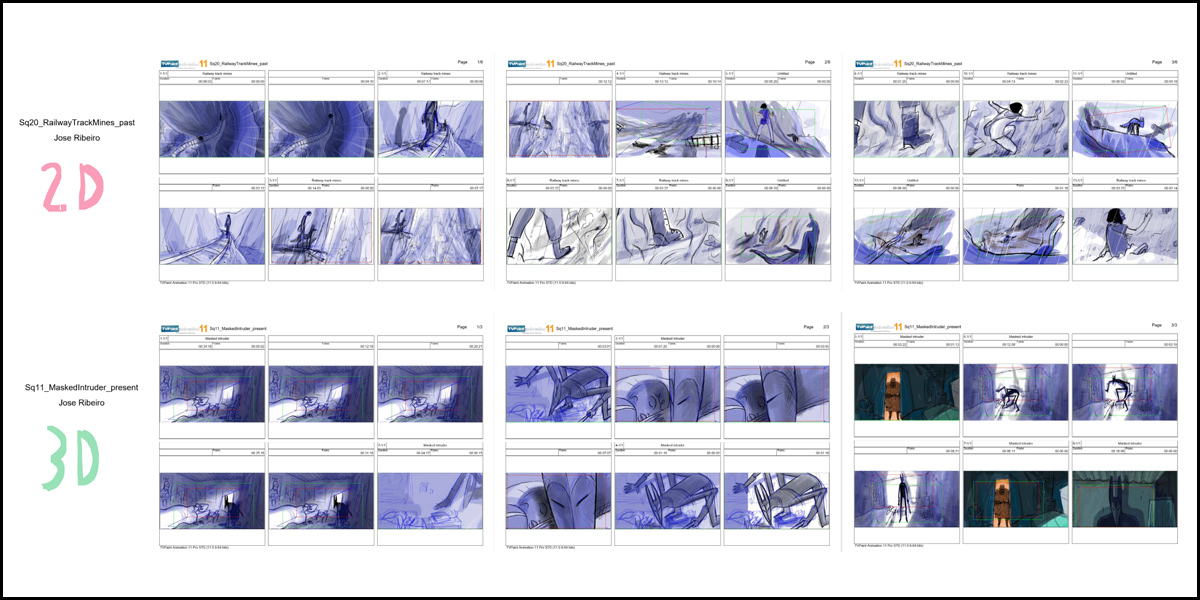
AW: Could you please let us know the story behind the music composition for the film?
José Miguel Ribeiro: When in 2017 we presented the project in Cartoon Movie, the Belgium co-producer Geert Van Gotem proposed the music Mona Ki Ngi Xica from the known Angolan musician Bonga. It was the first time I heard it and emotionally it was the right music to define the mood of our story.
After this, Jorge António, the producer that lives in Angola, helped me discover the richness of Angolan music. That’s when I realized that if I wanted to make a film about Angola I needed to work from the art of the Angolan musicians to take the audience there.
We had already an important part of the music for the film but we still needed to create original music to build the emotion of the key sequences like the one in the desert. So, I asked Alex Debicki if it was possible to create a piece of music that could take us to a place we had never been before, a more cosmic and abstract experience that would contrast with the warm Angolan music. And he did this powerful theme that starts in the desert and intensifies the climax.
The music plays an important role in the project, but the construction of the emotion, the rhythm and the storytelling was created by the meticulous, almost invisible and colossal work done by the sound designer Senjan Jansen that transformed the moving images in a film.



